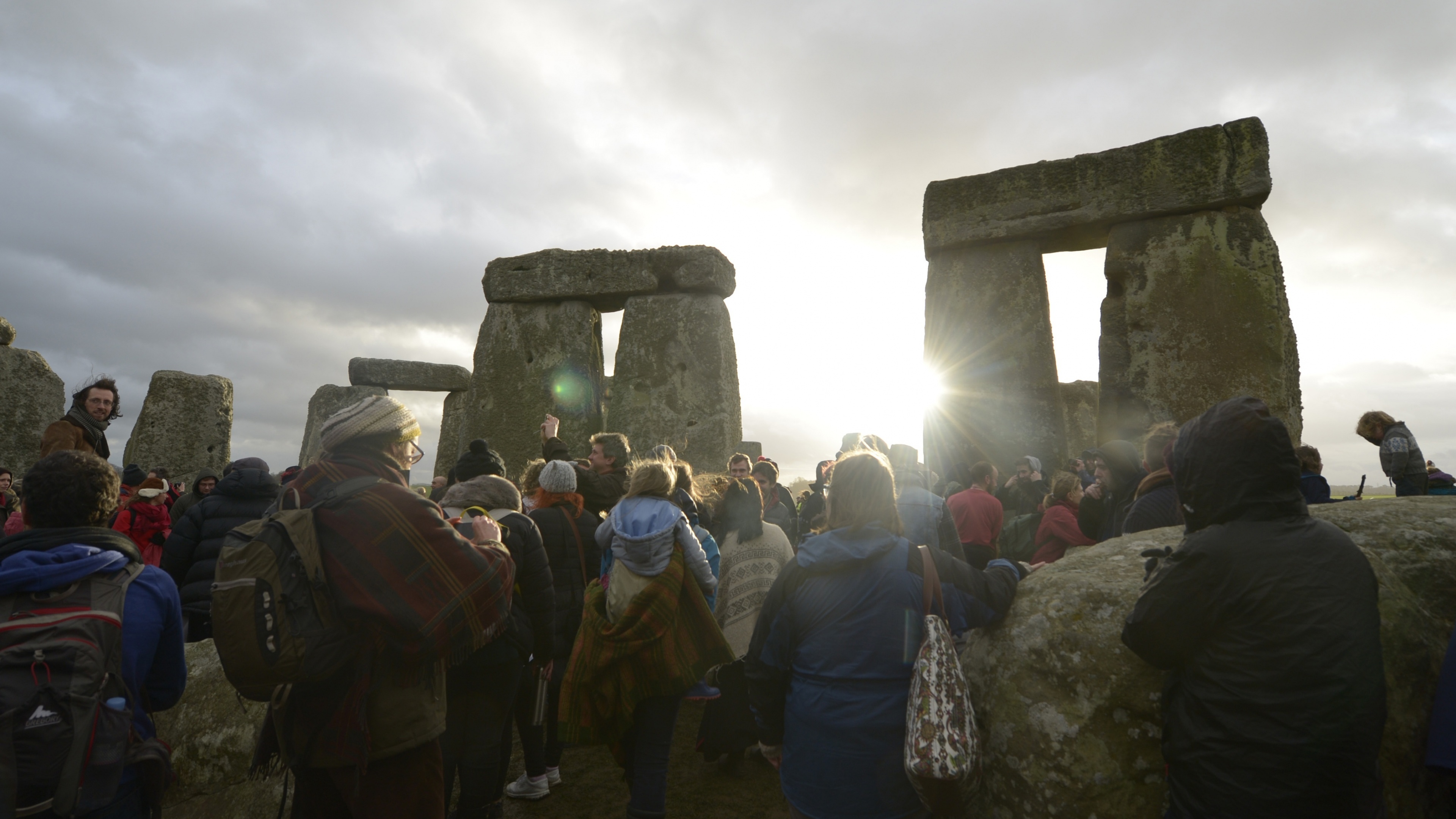The winter solstice falls on December 21, so it is just around the corner… but what does it actually mean? How is it different this year?
Here are the five things you ought to know, should you find yourself in a conversation about it at your local pub.
2. The day will last for seven hours, 49 minutes and 41 seconds in the UK. However, due to differences in the Time Zone, some locations will have their solstice on a different date and at a different time.
3. The solstice will occur at 10:44am this year.

(Ben Birchall/PA)
4. Stonehenge is aligned on a sight-line pointing to the winter solstice sunset – so could be worth a visit.
5. Solstice derives from a Latin word which means ‘a sun standing still’. This is because the sun reaches its southern-most position from the Earth’s point of view and appears to stand still at the Tropic of Capricorn before reversing its direction.
But we have to point out that while it is winter solstice in the Northern Hemisphere, the Southern Hemisphere actually marks the summer solstice – where it’s the longest day of the year.
And while colder temperatures might make you believe otherwise, the Earth is actually closest to the sun during winter and farthest from the sun in July.
This is because the Earth’s axis is tilted (23.4 degrees away from the sun to be precise) and the sun’s rays hit the northern half of our planet at a shallow angle, making it difficult to heat up the Earth’s surface.


